FEATURE
Where Rabari & Leopards Coexist
In the desert state of Rajasthan in north India, the hills of the Jawai are a deeply spectacular place. Home to over one hundred species of migratory birds, a multitude of thousand-year-old metamorphic rocks, granite hills, and wild leopards, the natural beauty here is as extraordinarily raw, as it is ruggedly beautiful. But it’s the connection between Jawai’s local inhabitants that places this area on the truly remarkable map.
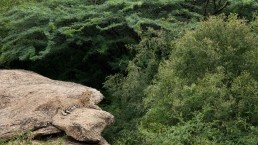
Nature has a extraordinary way of bringing different species together, often resulting in unexpected and awe-inspiring symbiotic relationships. For centuries here in the Jawai Hills, the local Rabari tribal communities – an indigenous tribe of nomadic cattle shepherds and camel herders – have lived in complete harmony with the leopards of the area. While vast numbers of people are injured and killed by leopards each year in other areas of India, there has been a notable absence of human-leopard conflict in the region for decades despite the area being so densely populated by the big cat, it’s been donned “Leopard Country.”
The community believe that the connection is spiritual, almost familial. And it’s certainly plausible. Having migrated to Rajasthan from Iran via Afghanistan over a thousand years ago, the Rabari are devout Hindus and followers of Shiva, the god of wild things who is clothed in – of all things – a leopard skin.
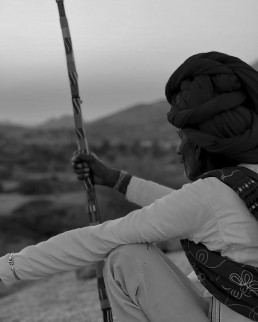
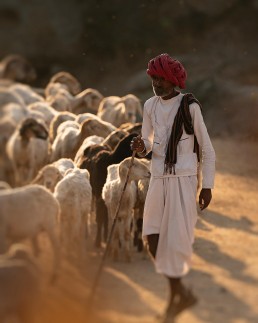
While some believe that landscape, tradition, and culture are the cornerstone of Rabari and leopard coexistence, ultimately the coexistence between the Rabari community and leopards is rooted in a delicate balance between respect, understanding, and adaptation. Both have learned to share the land and its resources, minimizing conflicts, and allowing their respective species to thrive.
Essentially the Rabari's traditional livestock management practices play a crucial role in maintaining harmony. By rotating grazing lands, the community ensures a sustainable supply of fodder for their livestock, reducing competition with leopards for resources. This practice also allows the vegetation to regenerate, benefiting both wildlife and the Rabari's herds. Equally, while there are leopards roaming the area, fields are protected from farming adversaries such as gazelles and antelopes, which can destroy a season’s yield.
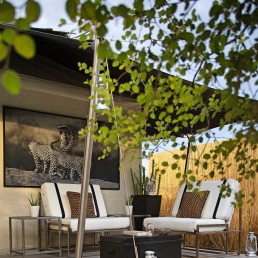
Interestingly, the presence of the Rabari’s livestock benefits leopards as well. While the leopards will occasionally prey on the weaker or sick animals within the herds, (an undertaking most Rabari consider as an offering to Shiva) this behaviour serves as a natural mechanism of population control, ensuring that only the fittest survive. Consequently, the Rabari benefit indirectly as their livestock remains healthier and more resilient.
The coexistence of the Rabari community and leopards stands as a testament to the incredible adaptability and respect that humans and wildlife can show for each other. Their symbiotic relationship, built on ancient traditions and mutual understanding, is an inspiring example for conservation efforts worldwide. As we continue to strive for harmony between humans and nature, we can learn valuable lessons from the Rabari and leopards, fostering a future where both can thrive side by side.
Our team proudly works with Sujan, a collection of unparalleled world class safari lodges found within Rajasthan, the heart of leopard territory.

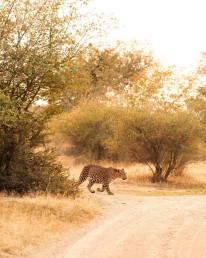
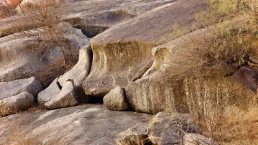
Imagery courtesy Sujan